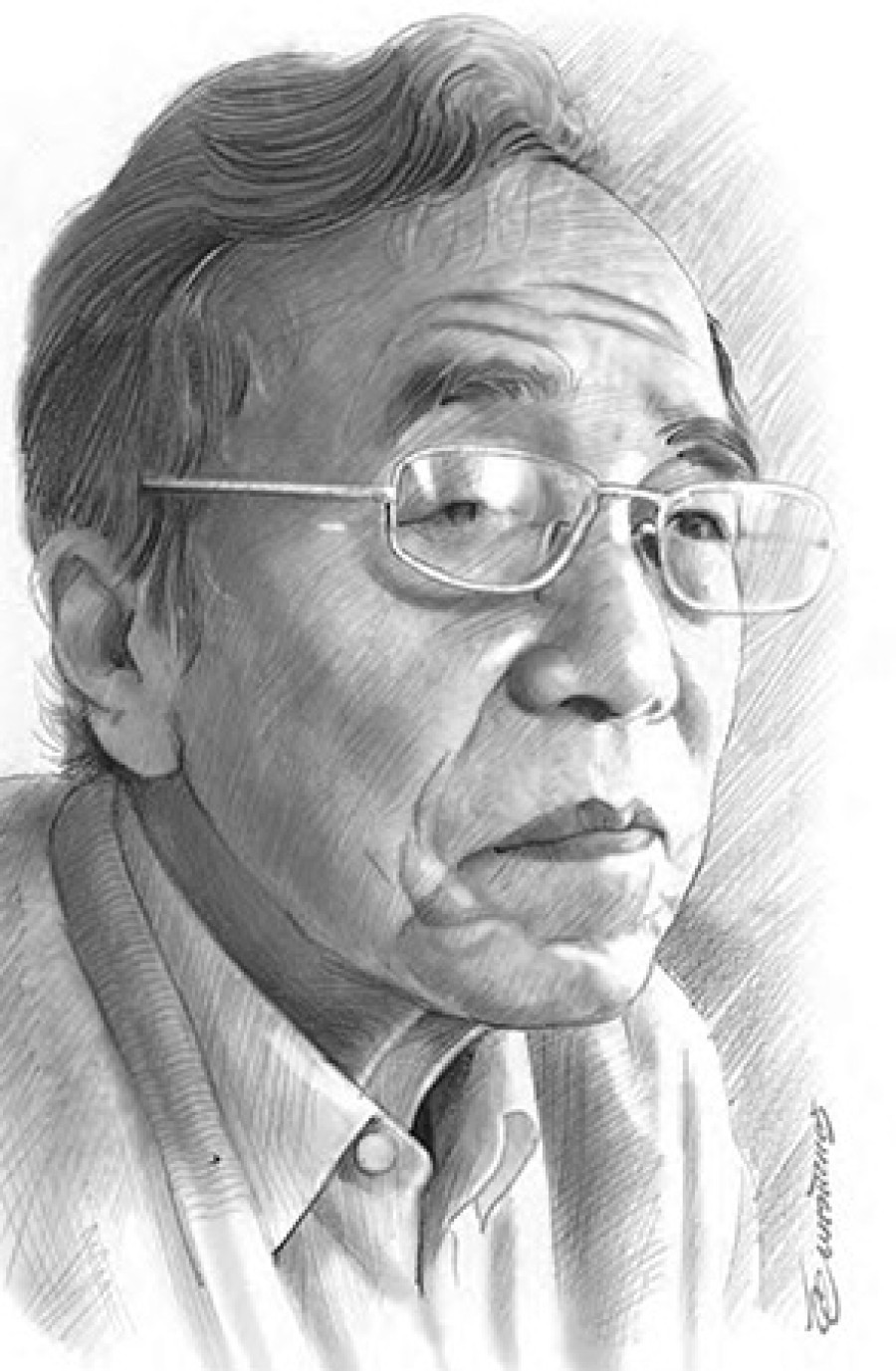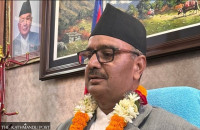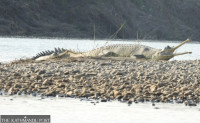National
Indra Bahadur Rai: The lone mountain towering over Nepali literature
Literary giant Indra Bahadur Rai, known for pioneering literary movements Tesro Aayam and Lila Lekhan, passed away, aged 90, on Tuesday afternoon in his hometown of Darjeeling.
Literary giant Indra Bahadur Rai, known for pioneering literary movements Tesro Aayam and Lila Lekhan, passed away, aged 90, on Tuesday afternoon in his hometown of Darjeeling.
Rai was born in 1927 in Siliguri where his parents worked as construction workers on a bridge across the Balason River. After finishing his school from St. Robert’s in Darjeeling, Rai went on to finish his Bachelor’s Degree from St. Joseph’s College in Darjeeling, then his Master’s from North Bengal University.
Rai published his debut work Bipana Katipaya, a collection of short stories, in 1961. He wrote his seminal novel ‘Aaja Ramita Chha’ in 1958, which was published in 1964. He has also published popular story collections Kathastha, Kathputli ko Mann, while also penning literary criticisms, many of which are still taught to graduate level students at Tribhuvan University. His latest work is Sampurak.
After completing Masters in English Literature, Rai was involved in teaching. He was also awarded India’s Sahitya Akademi Award, among a host of other literary awards. Two years ago, Tribhuvan University awarded Rai an honorary doctoral degree.
Rai, together with poets Bairagi Kaila and Ishwar Ballav, initiated the Tesro Aayam movement. It is considered as one of the most important movements in Nepali literature. Tesro Aayam aimed at considering with sincerity, the length, width, thickness as well as gravity of any writing. Back then, a newspaper called Tesro Aayam was published from Darjeeling.
“At a time when Freud and Marx had barely made their presence felt in Nepal, Rai became conversant with western literary criticism,” said Prawin Adhikari, who recently translated a collection of short stories by IB Rai, “Through Tesro Ayam he started the practice of writing literary criticism that particularly served Nepali literature.”
Rai’s criticisms found its way into the way he viewed literature. “He used to say that a good sentence was like a guitar-if its strings are tuned well, it will make the perfect sound, but if it is out of tune, the same instrument can be unpleasantly chaotic,” Bairagi Kaila, Rai’s close friend and the co-initiator of Tesro Aayam said during the launch of the English translation of Aaja Ramita Chha, last year.
Speaking of the author’s contribution to Nepali literature, poet Kainla hailed the author for ushering in a “paradigm shift,” lauding Rai as the “lone mountain towering over the field of Nepali literature.” His family sources have said that the final rites will be performed on Thursday.




 11.12°C Kathmandu
11.12°C Kathmandu













